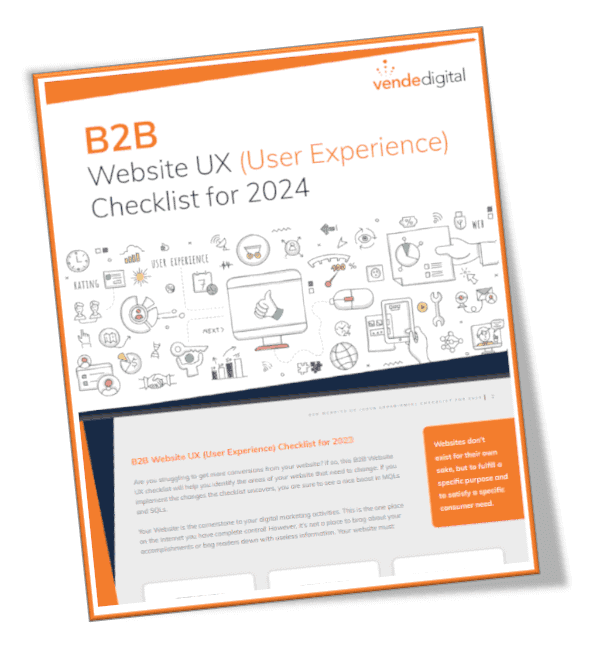If you are still avoiding programmatic advertising, you need to take another look. Buying only on single sites might be limiting your reach and limiting your business. In the complicated landscape that is the Internet, programmatic ads can reach far beyond the limits of a direct publisher purchase to find the right customers at the right time in the right place. It’s time to stop spending most of your budget on publisher buys and take a dive into programmatic.
Traditionally, advertising was purchased directly from a publisher to run according to a schedule and other parameters set by a single contract. Purchases may have been limited to available venues, made based on “gut” feelings or because “we always buy there.” Single-site publisher buys worked “ok” when you knew where your customers were, but consumers now have an infinite number of choices of where to go on the Internet. It’s time to stop guessing and let someone or something else find them for you – that something is the software that drives programmatic advertising.
Programmatic advertising isn’t going anywhere
With few exceptions, businesses can’t avoid digital advertising and most marketing dollars are spent on digital. Over the past two decades, as algorithm-based marketing has grown, so have the voices that predict the demise of programmatic buying. A lack of advertiser control, changing demographics, and a few inappropriately placed ads have all been cited as reasons why programmatic advertising won’t last, but trends and new developments continue to prove detractors wrong.
While some businesses may still be focusing on direct publisher buys, programmatic now accounts for more than half of all advertising spend. If you add in social media and paid search, both of which are also computer-driven, programmatic accounts for about 75% of all marketing in the U.S. Why? Because it works – and it is still growing. Programmatic advertising simply isn’t going away.
Programmatic advertising is more cost-effective
Programmatic advertising allows businesses to reach across multiple platforms with a single ad contract. In comparison, direct or single-site ads are purchased directly from a publisher, to run only on a particular website, according to a contract. Traditionally, publishers have preferred direct advertising because they set the premium and all of the requirements – and it was a premium price that is. It may also have very specific formatting requirements – like native advertising which looks like it “belongs” there. With the increasing choices in digital, publishers found themselves unable to fill all of those expensive spots which required more work for each ad.
In comparison, programmatic advertising is purchased from a single company and is run according to an algorithm – across multiple websites. Big data has given us tons of information about tons of things and a particular ad can be specifically targeted, not only to a particular site but down to a particular webpage and even a particular reader.
A carpet cleaning business in St. Louis would never decide to place their ad on a website with “prank” videos that older teens in Boise find hilarious but they may not know that the same website has a section that publishes images of “amazing” vacation spots, interesting to 45-year old women in St. Louis. Programmatic advertising knows.
Programmatic advertising uses publisher data to target ads, even within a website – by page. With programmatic, a business can reach potential customers without a lot of tedious research and without guessing – customers that they might normally miss.
Programmatic Advertising Cross-Device Optimization
Over the past several years, the biggest news about the Internet has been about the move towards mobile. The Internet is being accessed more often from a mobile device than from desktops. It has affected how we design our websites and how we conduct our marketing. Still, many ads are designed for desktop and “translated” to mobile – or worse, two separate campaigns are developed.
Programmatic advertising is poised to move towards creating connected experiences across channels and devices transforming it all into one mega channel. The ads that a user sees on a desktop will be part of the same campaign, have the same “feel” – without a lot of extra work. The move from desktop to smartphone and even to tablet will be seamless and still find the right customers, in the right place at the right time, with the right message.
Big data has given us an inconceivable amount of information – in some ways, too much to assimilate. Advertising used to be a creative industry, an “art.” Some of the most effective ad campaigns worked well because they were ingenious – because they were memorable.
Don’t misunderstand, native advertising has its place, but, overall, you may get more mileage from programmatic advertising. Programmatic ads let marketers skip out of a lot of the mind-numbing statistics and get back to the creative part of advertising.
Improve your business’ PPC campaign performance by downloading our Google AdWords Optimization whitepaper

